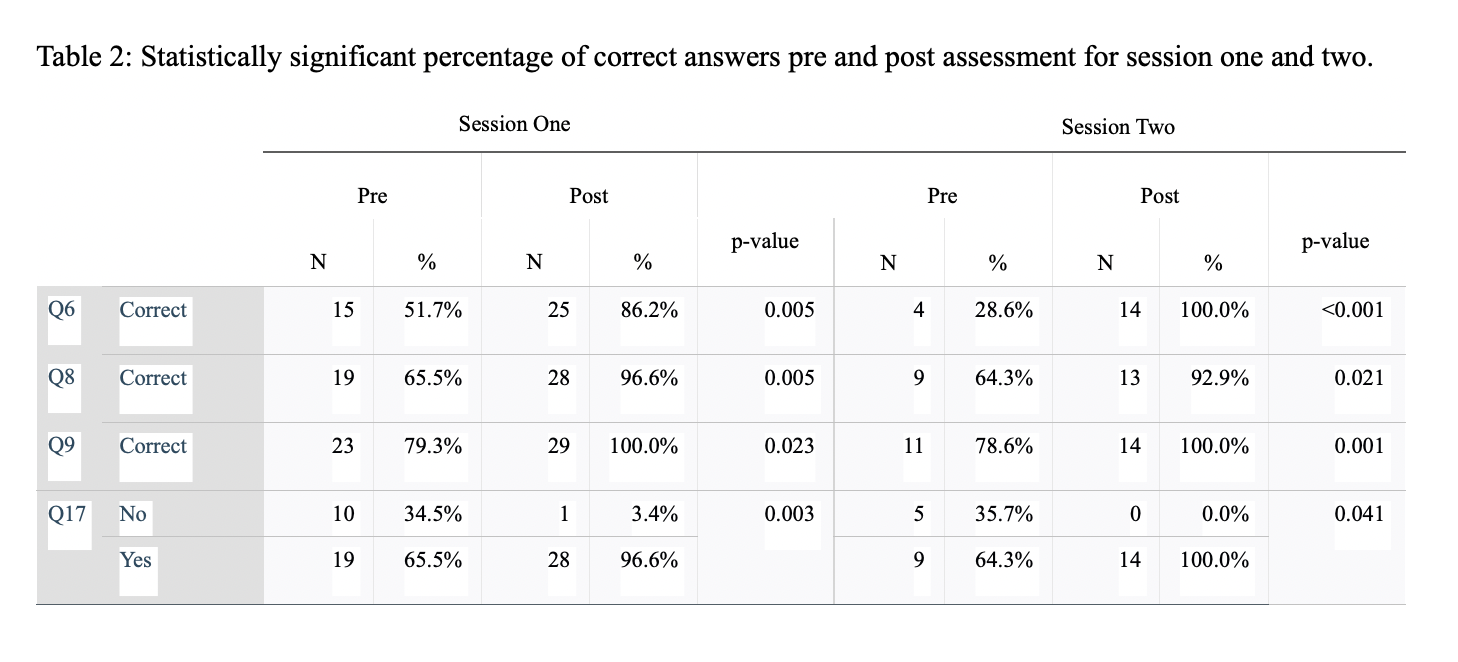Emergency Medicine 9
Session: Emergency Medicine 9
129 - Optimizing Prehospital Care of Pediatric Patients with Autism Spectrum Disorder Through EMS Education
Sunday, April 27, 2025
8:30am - 10:45am HST
Publication Number: 129.5976
Lesya Tomlinson, Eastern Virginia Medical School, Norfolk, VA, United States; Joel Clingenpeel, Eastern Virginia Medical School at Old Dominion University, Norfolk, VA, United States; James Burhop, chkd, Norfolk, VA, United States

Paul Mullan, MD, MPH (he/him/his)
Professor, Director of QI and Research
Children's Hospital of the King's Daughters
Norfolk, Virginia, United States
Presenting Author(s)
Background: Patients with Autism Spectrum Disorder (ASD) interact with EMS providers at a higher rate than their neurotypical counterparts (Straus, 2019). Not all EMS providers are comfortable nor have the knowledge and training to care for this patient population. ASD is diagnosed at a rate of 1 in 36 children in the US in 2020 and the prevalence is rising (CDC, 2023). Patients with ASD utilize general healthcare resources at a higher level than patients without ASD (Gurney, 2006). Thus, it is crucial that EMS providers are able to identify those with ASD and be able to care for these patients in a sensitive, efficient, and effective manner.
Objective: The purpose of this study is to determine the knowledge base EMS providers have about ASD and their comfort level when caring for these patients during an emergency.
Design/Methods: This is a descriptive quantitive study approved by the IRB. The participants were in training EMT’s from the Norfolk Fire and Rescue Station. A 13 question needs assessment using a likert scale was completed anonymously electronically prior to the lecture dates. Data included demographics, ASD medical knowledge, and comfort of care questions. Two recruited groups completed the same needs assessment and pre- and post-educational questionnaire in 9/2023 and 2/2024. The questionnaire consisted of 16 knowledge questions and a 17th comfort of care question. Mann-Whitney test was used to assess the impact of the 60 minute lecture on the scores before and after. Chi-square or Fisher’s exact test were used to test the effect of lecture on each individual questions. All statistical tests were performed using SPSS. All statistical test were 2-sided, and p< 0.05 was considered statistically significant.
Results: The needs assessment revealed 80% of participants were male, 96% were aged 18-35 years old, 53% completed high school, and 40% completed college. The average pretest score was 80% and 75% and post test score was 94% and 92% for session 1 and session 2, respectively (p < 0.001). The proportion of participants who were comfortable with caring for patients with ASD was significantly higher for both sessions post lecture (98%) vs pre lecture (65%) (percentage difference 32%,95% CI[17%, 45%],p < 0.001). The answers for each question were also evaluated and statistically significant for Q6, Q8, Q9, and Q17.
Conclusion(s): This study found that autism specific training increased both the knowledge base and comfort level for caring with patients with ASD. Limitations included small number of participants and only in-training EMTs. Future direction include studying more experienced EMS providers.
Percentage of correct answers pre and post assessment for session one and two combined.
.png) The percentage of correct answers was significantly higher post lecture (p < 0.001) for both session 1 and 2. The average pretest score was 80% and 94% for session 1. The average pretest score was 75% and post test score was 92% for session 2.
The percentage of correct answers was significantly higher post lecture (p < 0.001) for both session 1 and 2. The average pretest score was 80% and 94% for session 1. The average pretest score was 75% and post test score was 92% for session 2.Statistically significant percentage of correct answers pre and post assessment for session one and two.
 The answers for each question of the identical pre and post test assessment were evaluated and in general the percentage of correct answers were highest post lecture. The difference was statistically significant for questions 6, 8, 9, and 17.
The answers for each question of the identical pre and post test assessment were evaluated and in general the percentage of correct answers were highest post lecture. The difference was statistically significant for questions 6, 8, 9, and 17. 
